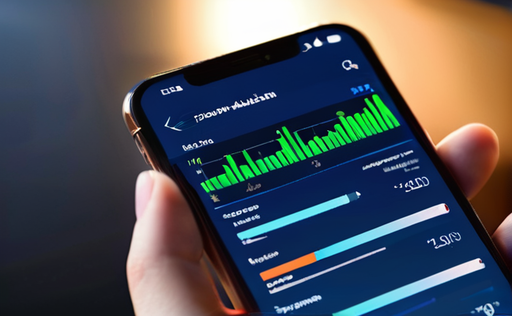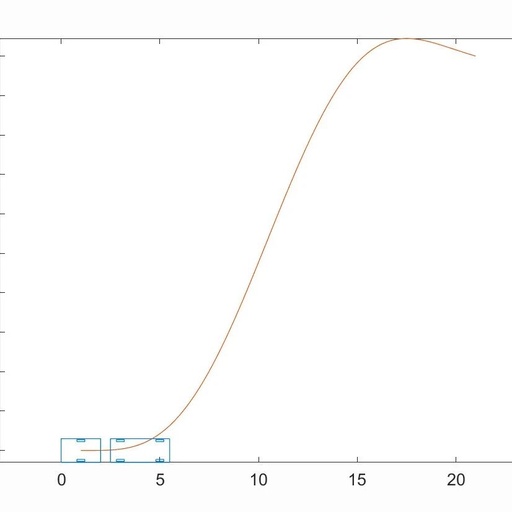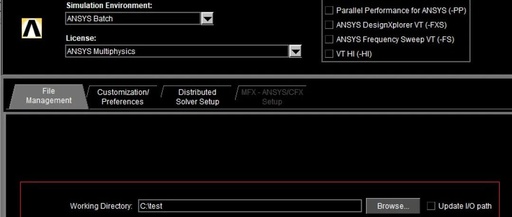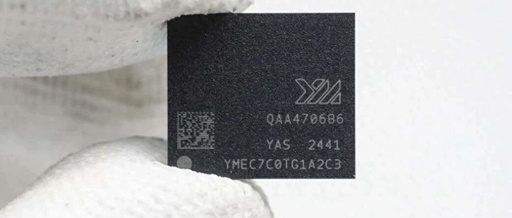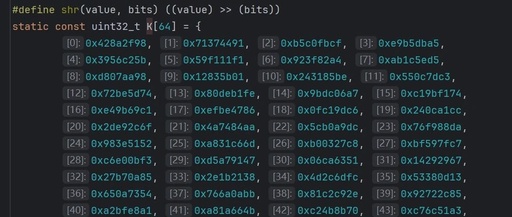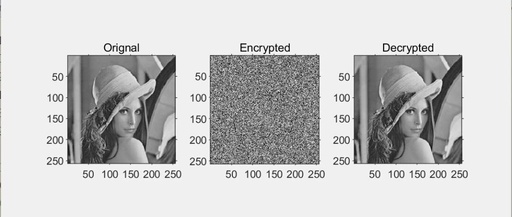Downloading and Installing MATLAB Mobile: A Comprehensive Guide
Click the blue text | Follow us In today’s rapidly advancing technology, various professional software has launched mobile versions to meet users’ needs in different scenarios. MATLAB, a widely used numerical computing and simulation software in research, education, and engineering, is no exception. Today, we will discuss in detail how to download and install MATLAB … Read more
